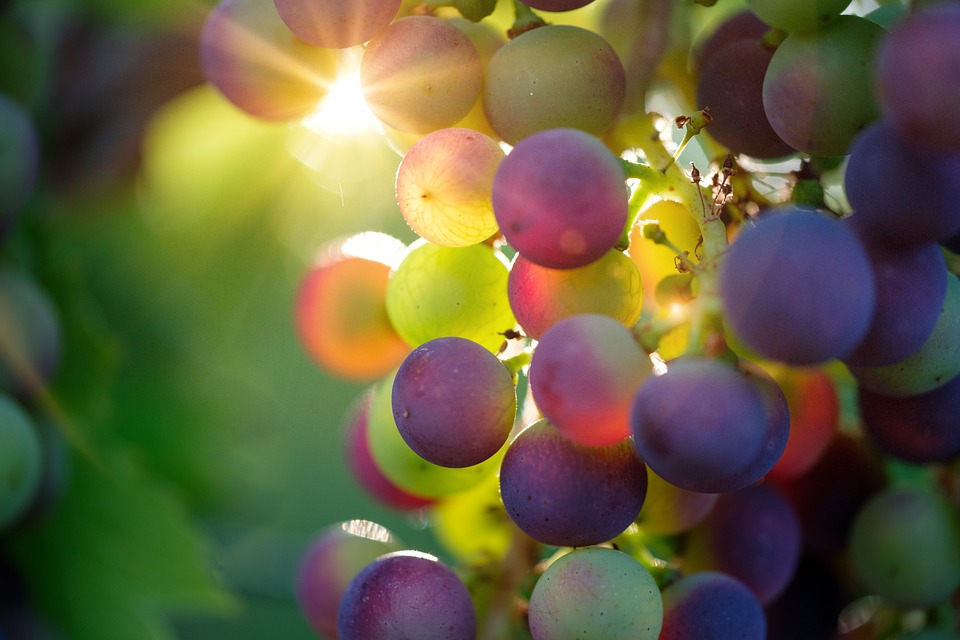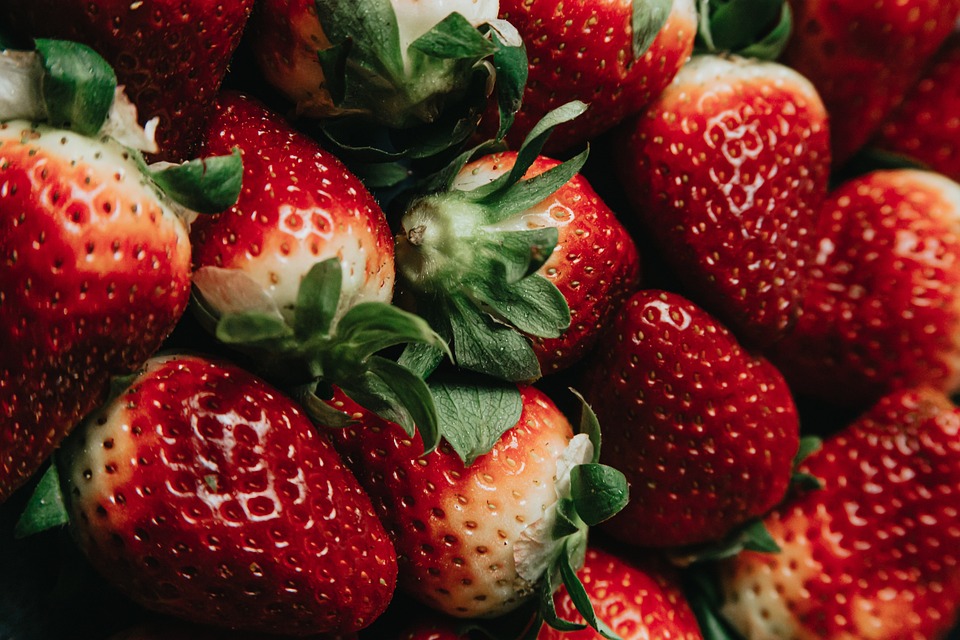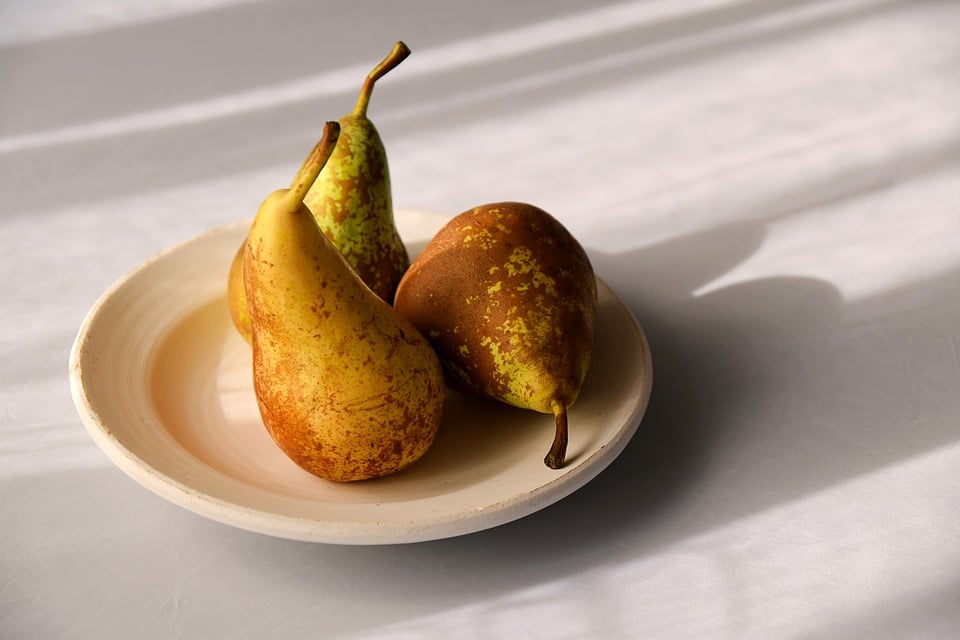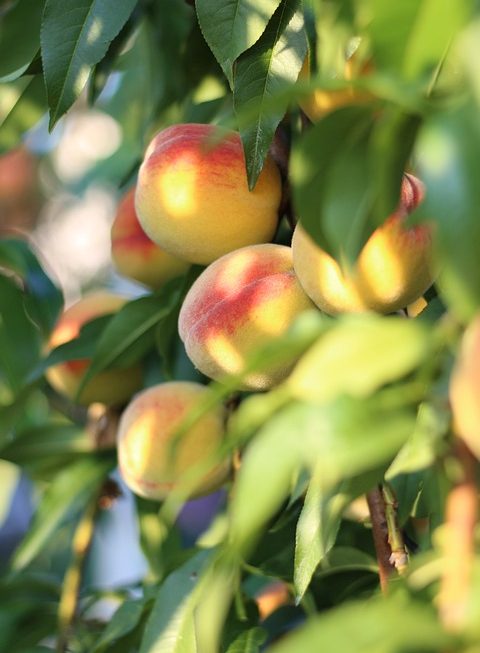In the culinary world, presentation is just as vital as taste. The art of plating transforms a simple meal into an experience that delights all the senses. It engages not only the palate but also the eyes, creating anticipation and enhancing enjoyment. In an age where social media amplifies the importance of aesthetics, understanding how to create visually pleasing dishes can elevate your home cooking and impress even the most discerning dinner guests.
Why Plating Matters
Plating goes beyond mere presentation; it involves a thoughtful approach to the entire dining experience. Studies show that people judge food by its appearance before tasting it. The first impression significantly influences flavor perception and overall satisfaction. Well-plated food can trigger emotions, evoke memories, and even stimulate appetite—making it a vital component of the dining experience.
The Psychology of Presentation
The visual appeal of a dish can enhance the dining experience by:
- Stimulating Appetite: A colorful and well-structured plate can make the food look more appetizing, encouraging diners to enjoy their meal.
- Creating Anticipation: A beautifully presented dish can build excitement and set expectations for the flavors that follow.
- Enhancing Experience: The artful arrangement of food can elicit positive emotional responses, turning an ordinary meal into a memorable occasion.
Principles of Plating
To achieve stunning presentations, consider the following principles of plating:
1. Balance
Balance is essential in plating—a well-plated dish should feel complete. This can be achieved through the harmonious arrangement of colors, shapes, and textures. Consider the weight of each element; heavier items can anchor the plate while lighter components can add airiness.
2. Contrast
Incorporating contrasting elements—such as colors, textures, and flavors—can elevate the dish visually. Combining smooth sauces with crunchy garnishes or vibrant vegetables against neutral backgrounds creates a dynamic presentation that entices the eye.
3. Focal Point
Every plate should have a focal point that draws the eye. This could be the main protein, a vibrant sauce, or an artistically arranged garnish. Position the focal point in a way that captures attention, often placing it slightly off-center to create interest.
4. Negative Space
The use of negative space is a technique that allows the food to shine. A minimalist approach can enhance the beauty of the dish, creating breathing room that helps prevent a cluttered look. White space is particularly effective in highlighting the vibrant colors of the food.
5. Layering and Height
Creating height through layering adds dimension to the plate. Stack items or use vertical garnishes to give the dish more visual interest. However, ensure that the plate remains stable and easy to eat from—good plating should invite the diner in, not deter them.
Techniques for Beautiful Plating
Here are some techniques to help you master the art of plating:
1. Use of Tools
Invest in a few essential plating tools: squeeze bottles for sauces, tweezers for delicate microgreens, and ring molds for precise shapes. These tools can help you create professional-looking designs at home.
2. Saucing
Instead of drizzling sauce over the food, try creating a smear or pool of sauce on the plate. This look adds sophistication and allows for creativity in the presentation. Experiment with different sauce colors to enhance the visual appeal.
3. Garnishes
Select garnishes that complement the dish in flavor and appearance. Fresh herbs, edible flowers, or microgreens can add a pop of color and freshness. Keep garnishes simple and relevant—overdoing it can detract from the main components of the dish.
Conclusion
The art of plating is about more than just appearance; it is a crucial aspect of the culinary experience that enhances flavor perception and enjoyment. By understanding the principles of balance, contrast, focal points, negative space, and layering, anyone can elevate their meals into visual feasts. With a few techniques and tools, you can transform everyday cooking into an extraordinary experience that tantalizes the eyes and excites the palate. So the next time you prepare a meal, remember: it’s not just what’s on the plate, but how it’s presented that makes all the difference.




